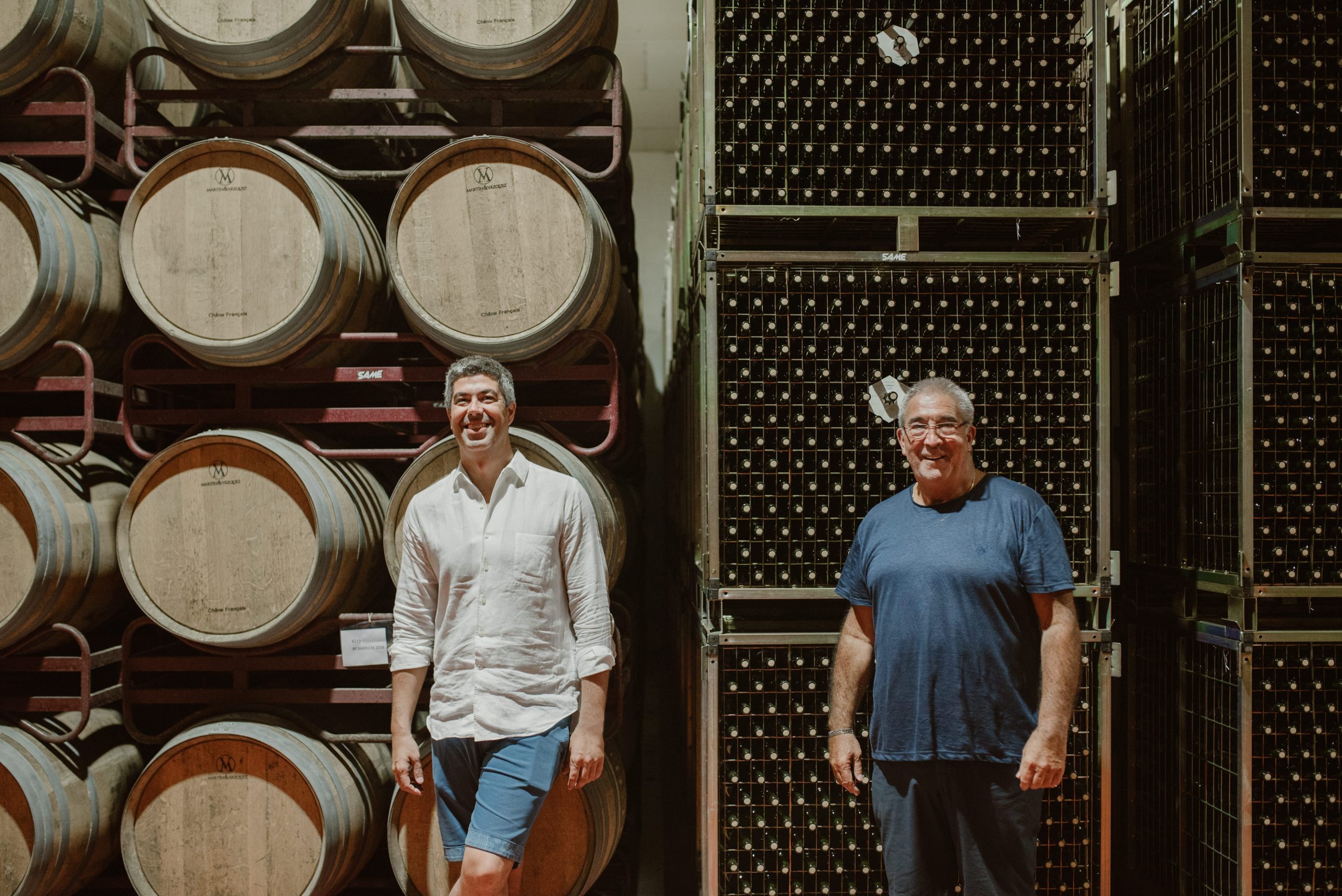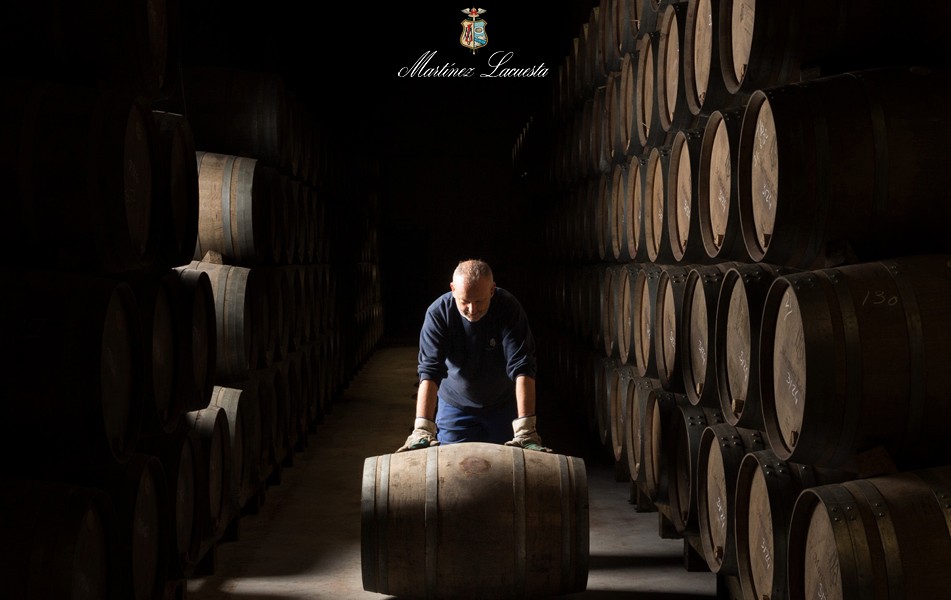Chile’s 2024 harvest: Long but outstanding
Chile’s winemakers can finally put their feet up, after one of the latest harvests in more than a decade, but one of the most promising for quality. It was also exceptionally long — spanning over four months. Amanda Barnes reports.

“This was one of the longest harvests I have known,” says Eduardo Jordan, winemaker for Miguel Torres Chile, who makes wines along the breadth of the country. “We started harvesting on 2nd February in Limarí, and were picking up until 9th May with Carmenère in Maule.”
The extra legwork though is more than worth it, and winemakers are incredibly excited about the potential of 2024. “It is an excellent year,” summarises Viña San Pedro’s Gabriel Mustakis. “The wines are very expressive in their fruit character, with elegant tannins, good concentration and freshness.”
A cool and wet start
The high quality of this year’s vintage, started with last year’s winter — in which Chile saw record rainfall in recent years. Although the rains caused flooding and havoc in some regions (see our report from Maule), it also secured significantly more snow in the Andes and a desperately needed refilling of the scarce water resources.
Rains that carried through to a cool and wet spring meant that budding was late. Some of the more sensitive varieties including Carmenère and Pinot Noir suffered millerandage, reducing the potential yield. However, yield for other varieties was on par with average.
A surprising summer
As summer arrived, January and early February were saw heat spikes and generally high temperatures across the country, which made for uneven veraison in the vineyards. A drop in temperatures then slowed down maturation significantly — putting most regions on average two weeks behind.
“In Maipo, we were at least two weeks behind usual,” says Marco De Martino, of De Martino wines. “There was ripeness of tannins, but very low sugars and potential alcohols of just 11%… we haven’t had to wait for sugar content for as long as I remember!”
Partner Content
Although the uneven ripening meant winemakers often had to make several harvest rounds in the vineyard, the results are promising: “there is beautiful freshness this year — and elegance,” adds De Martino. “We had great intensity and freshness at the same time.”
In the north of Chile, however, it wasn’t the same story. Limarí and Elqui were ahead of schedule following a dry winter which lead to severe problems of drought. “It is even more important to separate the regions of Chile now, the differences between which are becoming even more extreme,” adds Eduardo Jordan.
“We had a mega drought in the north, without any rains, and the dams are only at 3% capacity in some places. It was a really hot summer, and the harvest was 20 days early. Despite the heat though, acidities have remained high and the alcohol balanced.”
In general terms for the rest of the country though, 2024 is set to be a vintage to remember: “it was a really spectacular harvest,” continues Jordan. “We had excellent quality with high natural acidity, low potential alcohols, beautiful colour, fine tannins and great freshness. I think it is one of the greatest vintages of our time.”
Amanda Barnes is the drinks business´ regular South America correspondent and author of The South America Wine Guide.
Related news
VIK expands its WineLAB initiative to celebrate emerging talent
10 years of Tayu: Inside Chile’s most unique grower–winery collaboration




